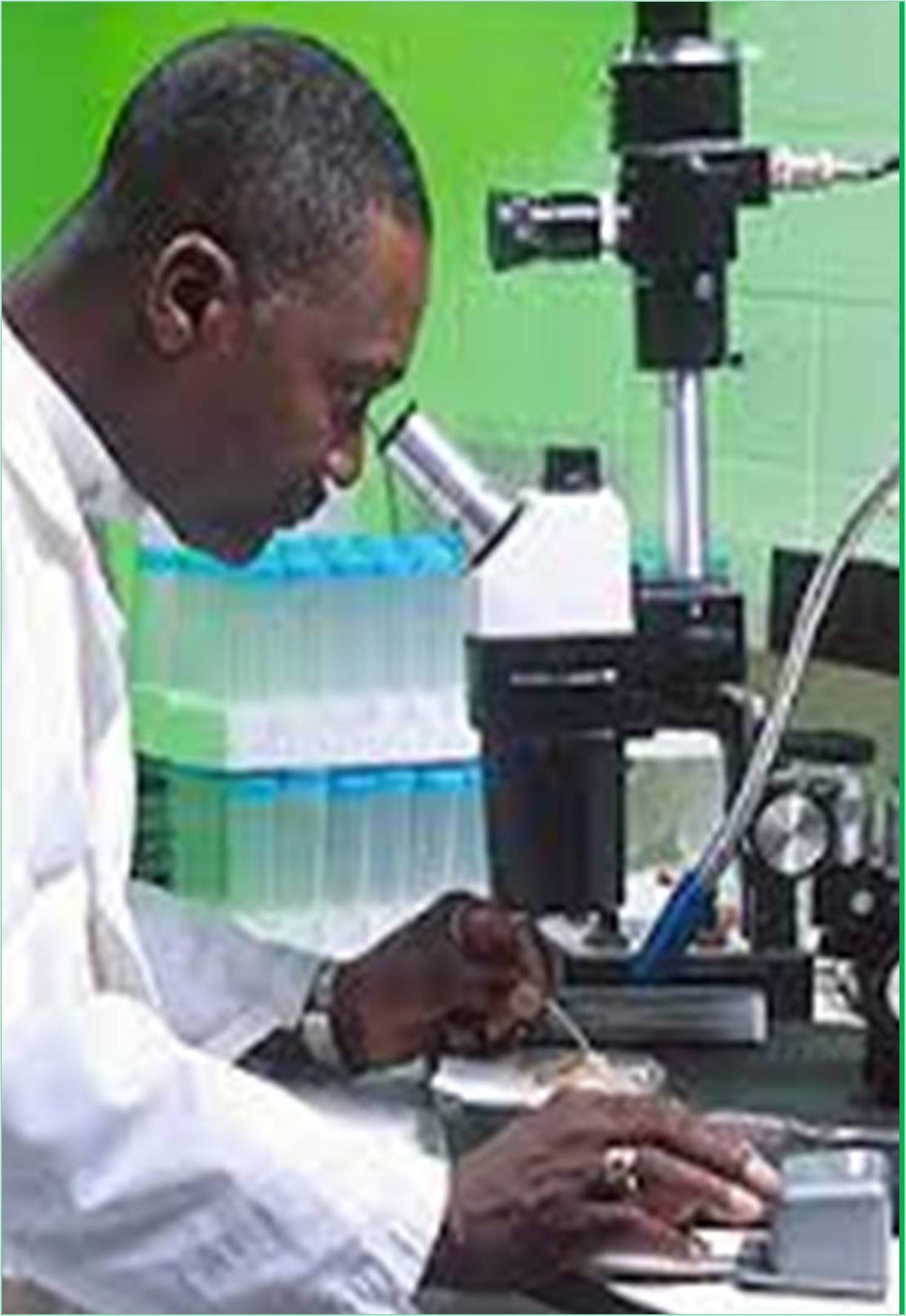



Received: 06-Jul-2022, Manuscript No. GJMR-22-71646; Editor assigned: 11-Jul-2022, Pre QC No. GJMR-22-71646 (PQ); Reviewed: 26-Jul-2022, QC No. GJMR-22-71646; Revised: 05-Aug-2022, Manuscript No. GJMR-22-71646 (R); Published: 12-Aug-2022, DOI: 10.15651/2449-1799.22.10.413
Escherichia coli are essential to contemporary biotechnology. It is used by scientists to manufacture proteins, test the functionality of proteins, and preserve DNA sequences from other animals. Warm-blooded species, such as humans, have E. coli in their lower intestines. It is one among numerous bacterial species that proliferate in great numbers in our digestive tract. In actuality, our digestive tract contains more bacterial cells than human cells do. E. coli, often regarded as the fundamental model microbe and maybe model organism, is the foundation of numerous significant discoveries in molecular biology and other branches of cell physiology. Perhaps the earliest chemo-organ heterotroph had a mass composition comparable to that of E. coli, offering the clues required to comprehend the development of contemporary bacteria.
E. coli is regarded as the most significant model organism of all due to its rapid growth rate in chemically specified media and broad molecular toolkit available for varied purposes. For example, deciphering the genetic code revealed the nature of DNA replication, ground-breaking research on gene organization and regulation, or what we like to call "the operon," significant information regarding the causes of mutations and how they contribute to organism evolution, and finally, the development of a genetically modified organism that several applications of the enormous capacity for manipulating this organism, E. coli, an important figure in biotechnology. Regular E. E. coli is a tiny, rod-shaped organism that is only 1 mm long, although this can vary significantly depending on environmental influences and stress. Studies have revealed that several mutations significantly affect coli's dimensions and length.
A recent study found that these bacteria can grow to a length of 750 m. They learned this. In addition, insertions at ybdN have been discovered. And ybdM genes, whose functions are yet unknown. It's interesting that this mutant strain produces extraordinarily lengthy cells that are still alive and still have metabolism, making them valuable for research on intracellular localization or cell-surface interaction. E. coli is a facultative aerobe, meaning it has an oxygen present sensor and can activate or inhibit the necessary metabolic enzymes depending on the oxygen concentration. Additionally, due to their ability to ferment oxygen, E. coli and other Enterobacteriaceae may be the first organisms to colonies the human infant intestine.
This is because these facultative bacteria will consume any remaining oxygen in the environment, allowing other strict anaerobic bacteria to colonies the intestine and thrive as a normal component of the microbiota. About 55% of E. coli is composed of protein, 25% of nucleic acids, 9% of lipids, 6% of cell wall, 2.5% of glycogen, and 3% of other metabolites, which is significant for biotechnological applications because carbon flux is frequently a difficult problem to address in order to create a new metabolic pathway or to improve an already-existing pathway. Additionally, the tight regulation of carbon flux by complex regulatory networks necessitates modeling and a fundamental comprehension of the regulatory mechanisms in order to influence them and achieve desired outcomes.
The main facultative germ of the gastrointestinal tract and a key player in the development of the normal micro flora in mammals, E. coli is currently the subject of intense discussion regarding its effects on health. This organism lacks a number of intriguing biotechnology-relevant characteristics, including the ability to grow at high or low pH levels, digest poisonous substances, contaminants, or challenging-to-degrade polymers. However, as we shall discover in due course, this bacteria is capable of incredible feats, with our imagination serving as its only constraint.